VIAJES EN LA MOCHILA 25. EL MANNEKEN PIS, LA JEANNEKEN PIS Y SU MASCOTA ZINNEKE PIS (BRUSELAS
The Manneken Pis dressed as a girl for the first time on June 16, 2018 ©Musée de la Ville de Bruxelles pour la Maison du Roi et la GardeRobe. 7. 2018 marks first time that the Manneken Pis was publicly dressed as a girl. Last June 16, the Manneken Pis wore a traditional Bollenmädel costume that came from Hamburg, Germany. It was the first.

Manneken Pis de Bruselas.
Manneken Pis is a statue. It's a real life statue of a little boy, a toddler, of a couple of years old. But it's not just any statue, it's also a fountain. That's right, the statue of the little boy spouts water. I presume you can guess where the water spouts from. Yes indeed: his penis. The boy-statue is actually continuously peeing.

Manneken Pis Manneken Pis, Buddha Statue, Places, Lugares
09 March 2022 © visit.brussels - J. Jeanmart Do you dream of knowing everything there is to know about the Manneken-Pis, the wonderful sculpture of a little boy that became the symbol of Brussels? Finally, all the secrets of the city's most famous son will be revealed!

Les légendes de MannekenPis
Manneken Pis is one of the best-known symbols of Brussels and Belgium, inspiring several legends, as well as numerous imitations and similar statues both nationally and abroad. [9] [10] The figure is regularly dressed up and its wardrobe consists of around one thousand different costumes.
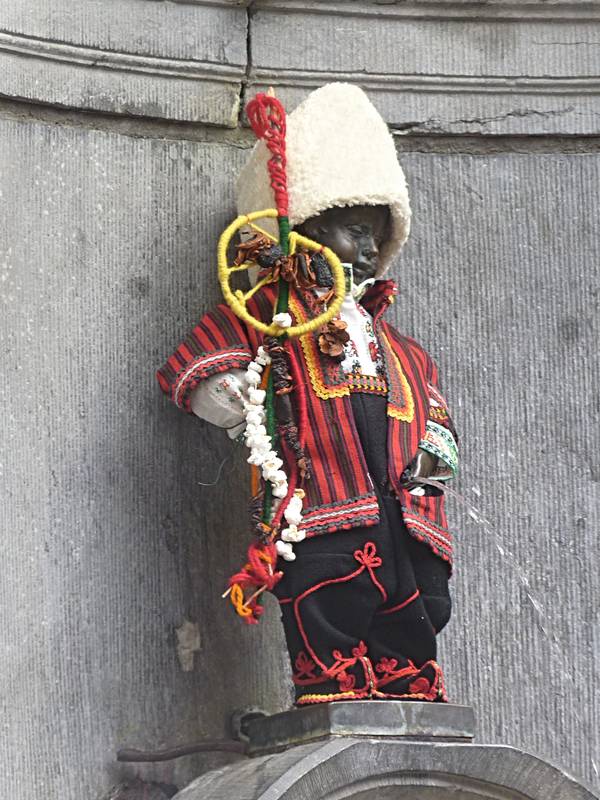
Manneken Pis
Manneken Pis. Rue Charles Buls - Brussels' most unashamedly touristy shopping street, lined with chocolate and trinket shops - leads the hordes three blocks from the Grand Place to the Manneken Pis. This fountain-statue of a little boy taking a leak is comically tiny and a perversely perfect national symbol for surreal Belgium.

MannekenPis en CS Azur Stad Brussel
The Manneken Pis (which translates to "little man pee" in Dutch) is a bronze statue of a child relieving himself that also serves as a public fountain. Though the original statue dates back to the.

L'impressionante garderobe de MannekenPis!
The earliest mention of the Manneken Pis ("Little Pee Man") is in a document from the early 1450s regarding the water supply for the city's fountains. The original image of the peeing boy.
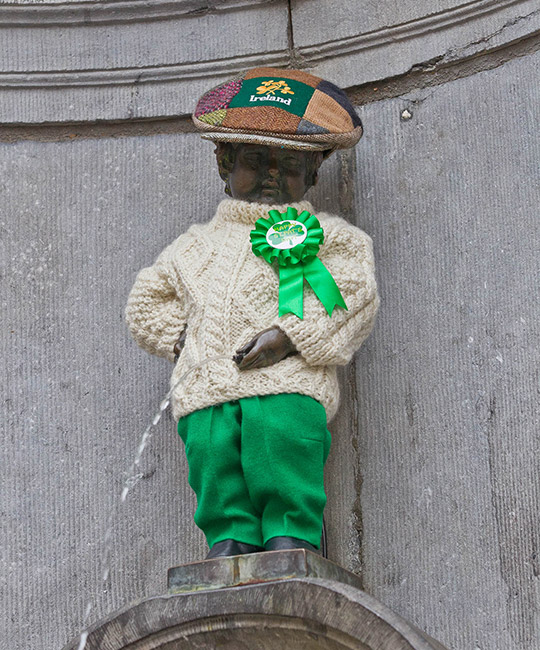
Dressing of the MannekenPis on the occasion of St. Patricks Day Department of Foreign Affairs
If you are not familiar with it, Manneken-Pis is a bronze statue of a small naked peeing boy. The iconic fountain dates from the 17th century, with its origins going back to the 14th century. It's one of the most popular places to visit in Brussels. Indeed, no visit to Brussels would be complete without taking a selfie with its most famous citizen.

Manneken Pis Qué ver en Bruselas
It's a tradition that dates back hundreds of years, and such is the constant influx of costumes that, since the 18th century, the statue has required its own official dresser. Even back then, as many as four new costumes a year were being donated. But only one person in the world is allowed to garb the Manneken Pis - and he has the shiny.

Manneken Pis de Bruselas Descúbrelo + Cómete un Gofre
The story of 'Manneken Pis' begins in 1452. Not such a good year for Geraardsbergen, because that year, hordes of raging people from Ghent flattened the city. The fountains on the marketplace were destroyed in the process. The Ghent barbarians even stole a gracefully sculpted lion's head, which served as a fountain spout.
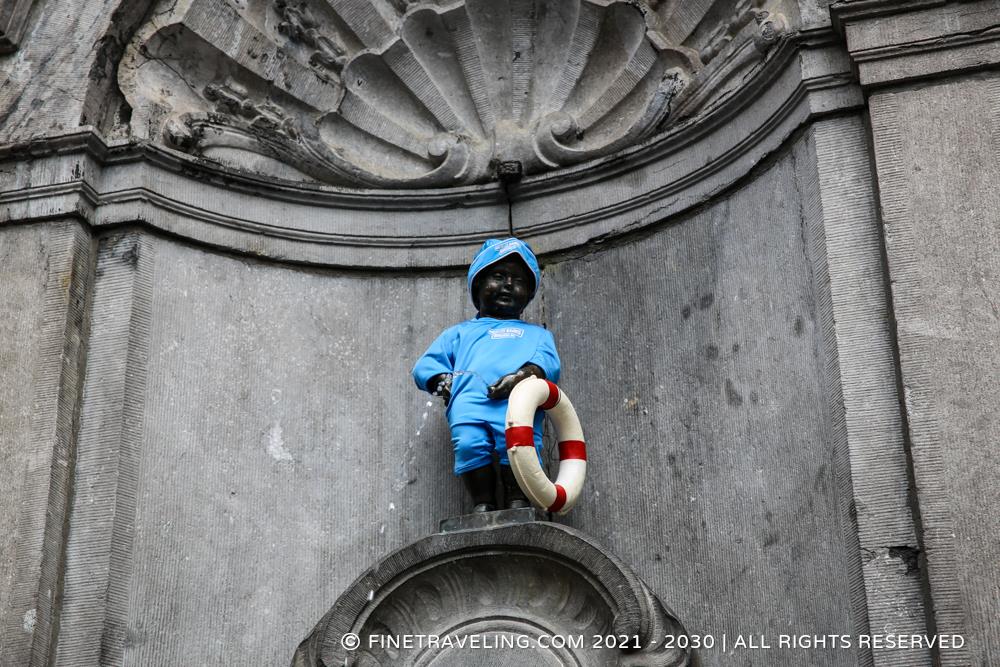
Manneken Pis Things to do in Brussels Fine Traveling
Manneken Pis has been a public fountain, a mascot and the hero of many incredible tales. He has received gifts from lords and kings and has been abducted and saved several times. Since little is known about Manneken Pis, here's a brief history of the little statue.

Manneken Pis Brussels Belgium Where in the World Overseas Adventure Travel
The little peeing boy made it through the terrible bombardements of 1695 that leveled a good chunk of the city, and was unscathed during the world wars. In 1914, after German troops had invaded Belgium, a cartoon of the little Manneken peeing on German soldiers was seen on the cover of a satirical newspaper.

Manneken Pis Brussel, Cities, Favorite Places, Animals, Brussels, Animales, Animaux, Animal, Animais
Wednesday, 5 August 2015 Manneken-Pis, literally "little man pee," in the Dutch dialect of Marols or "le petit Julien," in French, is one of Brussels' most famous and beloved citizens. But what's the story behind this iconic, if tiny, figure?

The Legendary Stories of Manneken Pis
To Belgians, the celebrated Manneken Pis - the "peeing boy" in Dutch - is a symbol of Brussels' capacity for self-mockery. The ability of the city's inhabitants to laugh at themselves is now.
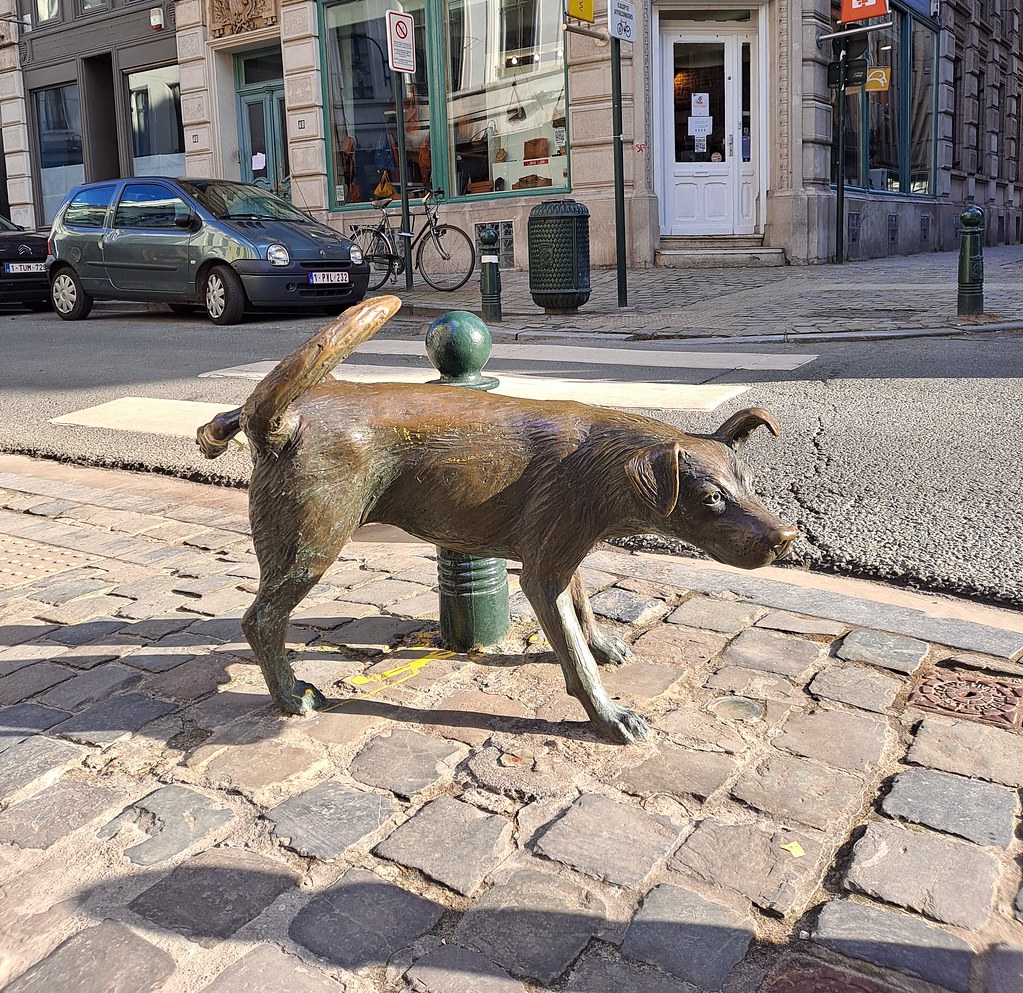
LOS PERROS TAMBIÉN QUERÍAN SU MANNEKEN PIS. Y LO CONSIGUIERON Turismo en Flandes Bélgica
The Manneken Pis is the work of the renowned baroque sculptor Jérôme Duquesnoy. Brussels city commune's first alderman, Benoît Hellings, said: "We can be proud to say that, for the first time.
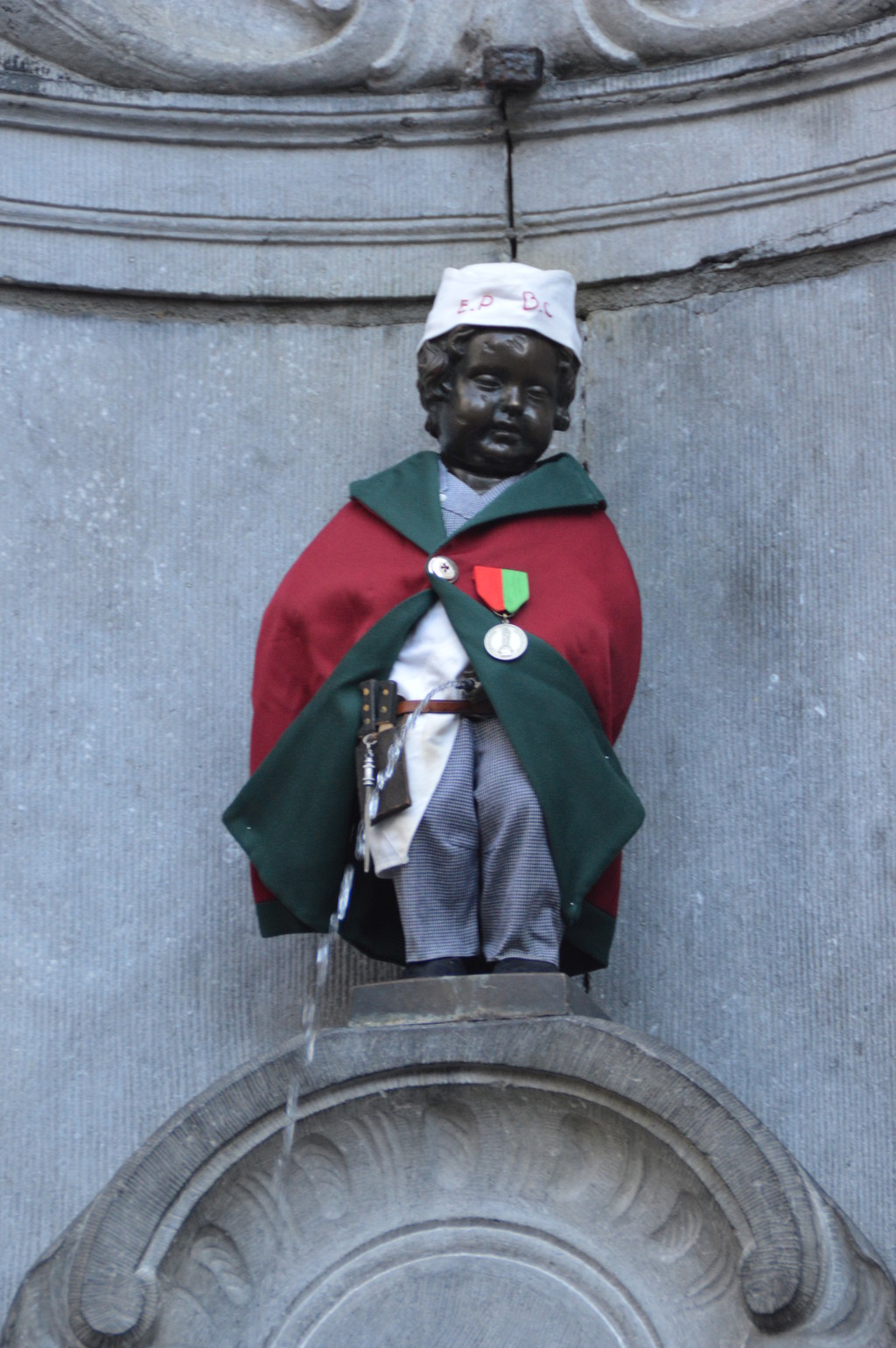
Manneken Pis Qué ver en Bruselas
The Manneken Pis, one of Brussels' best known symbols is the only statue that has its very own wardrobe, comprising of 1,094 different outfits. 1. "The little pissing man"